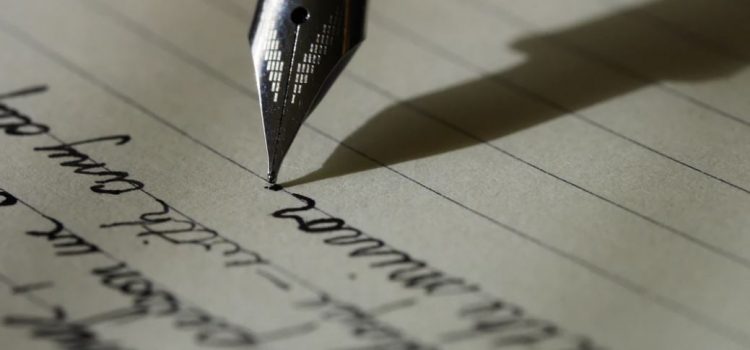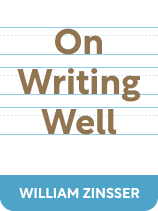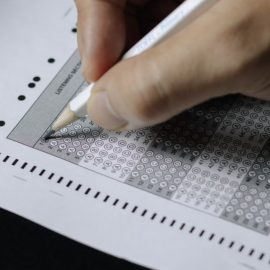

This article is an excerpt from the Shortform book guide to "On Writing Well" by William Zinsser. Shortform has the world's best summaries and analyses of books you should be reading.
Like this article? Sign up for a free trial here .
What tense should you write in? What are some things to consider when choosing which tense to use?
The two most common writing tenses are present and past. The tenses help your reader situate themselves in the timeline of events, so make sure to choose the right one.
Here’s how to decide which tense you should use in your writing.
What Tense Should You Use?
Create clarity in your writing by deciding what tense you’ll write in and using that tense consistently throughout your piece. Zinsser discusses the two most common writing tenses: past and present.
- Past tense discusses events that happened in the past. Write in past tense when you’re looking back on an event. For example, “I walked to the store,” or “Lauren turned to Joe and asked him a question.”
- Present tense discusses events in the current moment. Use present tense when you’re writing about things as they’re happening. For example, “I’m walking to the store,” or “Lauren turns to Joe and asks him a question.”
(Shortform note: Although Zinsser doesn’t discuss it, there is also the future tense, which discusses events that haven’t—but are expected—to happen. In English, our version of future tense uses “will” and a verb, such as in, “I will go to the store.”)
Zinsser explains that you should choose one main tense to tell your story, and use different tenses as appropriate. For example, if you’re telling a story using present tense and someone tells the narrator (in the present) about a story that happened to them (in the past), writing in a different tense for this dialogue is warranted.
But, if you switch your primary tense, you’ll confuse your reader because they won’t be sure of the chronology of events. Using the example from the previous section, let’s say Beth wrote, “I had such a great time! The water is freezing, but I’m still swimming.” At first she speaks in past tense, and then she switches to present tense. Switching the second sentence to present tense throws off the logic of Beth’s story.
How to Choose a Tense
While Zinsser discusses the importance of a consistent tense in eliminating reader confusion, each tense can also create certain effects in your writing.
Present tense: When done correctly, present tense creates a cinematic effect. Like watching a movie, reading in present tense creates a sense of viewing the action as it unfolds. Present tense creates a closeness with the writer. The reader may feel like she’s there with the writer as events happen. Because of this closeness, the present tense intensifies the emotions of a story. Readers find out information with the writer, so readers feel the same frustration, surprise, or betrayal that the writer does when writing the story. Finally, the present tense is more action-oriented. Thus if your story centers around action, rather than a person, place, or idea, present tense might be a better choice for you.
Past tense: You can use past tense to create suspense. Since you know how your story unfolds, you can choose what context to give the reader rather than telling the reader information as you learn it. Past tense can be more natural to read and write. Many readers and writers prefer past tense instead of present tense since writing is an act of reflecting on the past. While present tense primarily builds a narrative through present actions, past tense offers more opportunity for narration, such as exploring other time periods or other peoples’ perspectives.
When writing, consider what effect you can achieve with your tense.

———End of Preview———
Like what you just read? Read the rest of the world's best book summary and analysis of William Zinsser's "On Writing Well" at Shortform .
Here's what you'll find in our full On Writing Well summary :
- A back-to-basics approach to the craft of writing
- How to practice simple, clear, and engaging writing—even if you're not a writer
- How to effectively put your ideas into words






